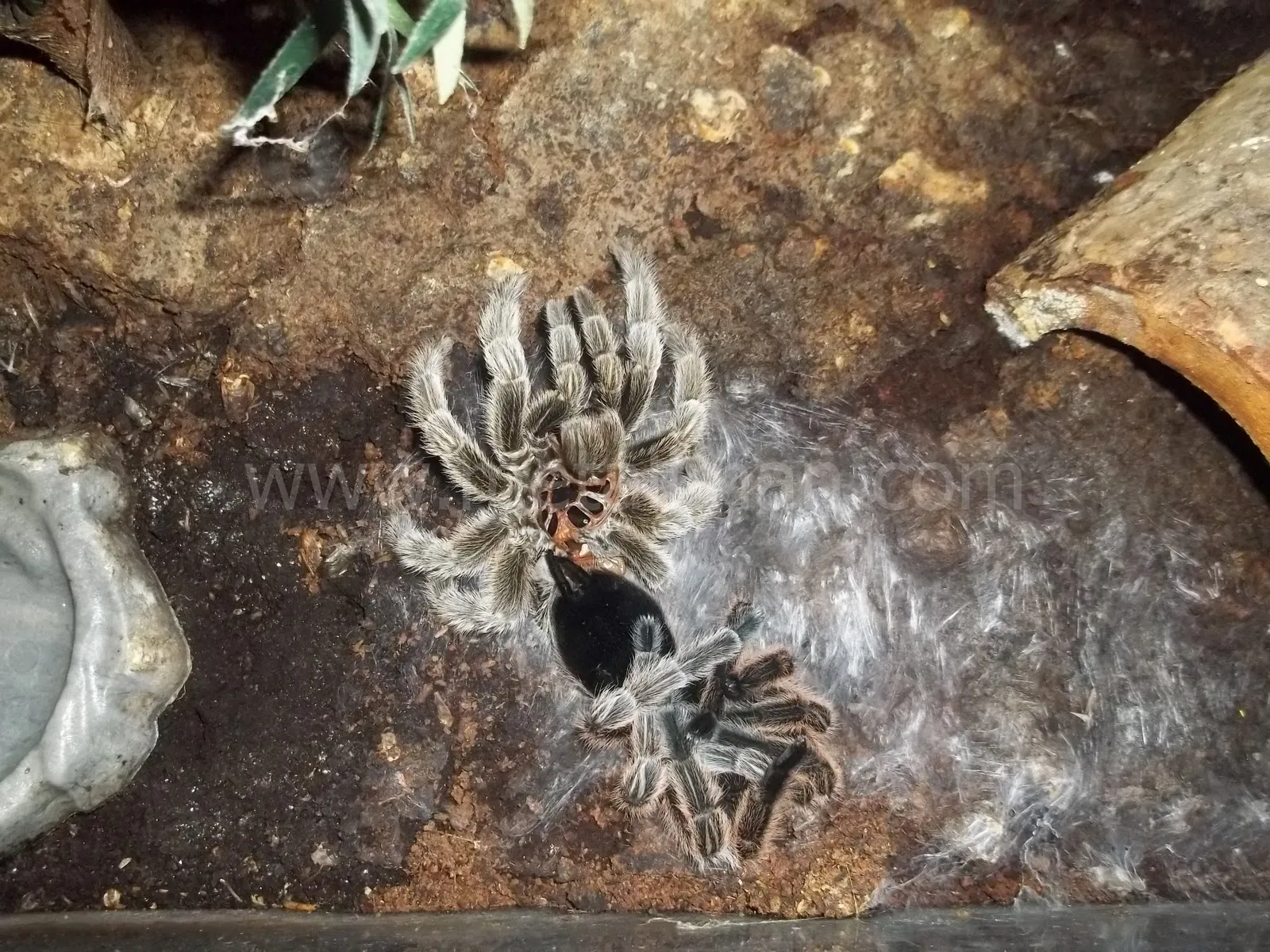What is Molting
Molting is a crucial and natural process for tarantulas, also known as ecdysis. It’s how these arthropods grow and shed their exoskeleton, which is essentially their outer skin. Unlike mammals that grow internally, tarantulas and other invertebrates have a rigid exoskeleton that doesn’t expand. As the tarantula grows, it outgrows this shell and must shed it to reveal a new, larger one underneath. The process is physically demanding, and understanding it is key to being a responsible tarantula owner. During this time, tarantulas are vulnerable to predation and must be protected. The molting process is a sign of a healthy and growing tarantula. Knowing what to expect can help you assist your tarantula.
The Molting Process Step-by-Step
The molting process is a complex series of events. It begins with the formation of a new exoskeleton beneath the old one. As the tarantula prepares to molt, it may stop eating and become lethargic. The tarantula will often flip onto its back. The old exoskeleton splits open, usually along the carapace (the top shell of the cephalothorax) and the tarantula slowly wriggles out. This can take anywhere from a few minutes to several hours, depending on the size and health of the tarantula. Afterward, the tarantula is soft and vulnerable, and it will gradually harden over the next few days or weeks. The tarantula will leave behind its old exoskeleton, which you can usually remove from the enclosure.
Preparing for Molting
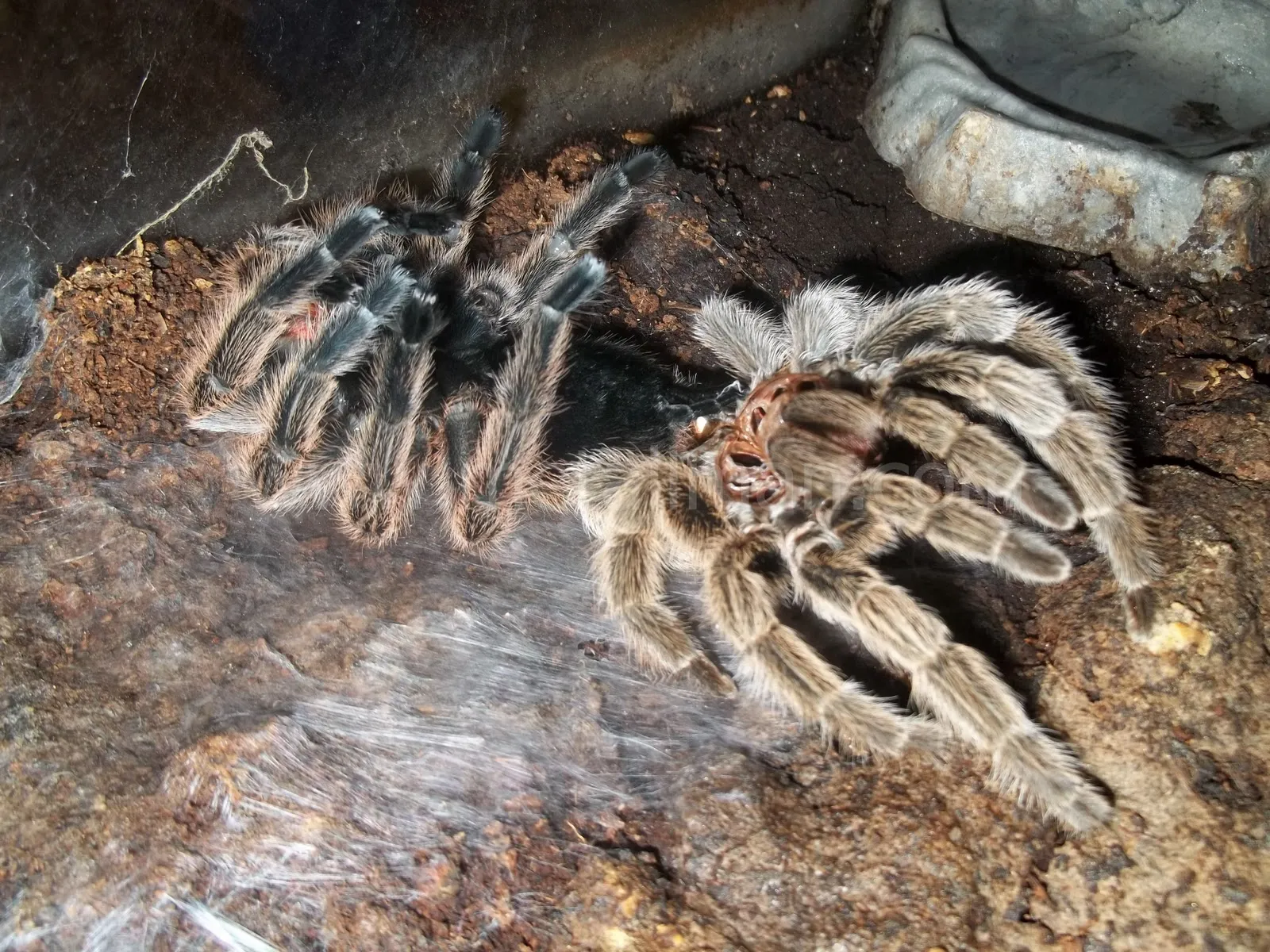
Before molting, tarantulas often exhibit specific behaviors that signal the impending event. These signs can include a change in color, a loss of appetite, and increased lethargy. The abdomen may appear darker or more swollen. They may also start creating webbing in their enclosure, especially around their burrow. Some tarantulas will seal themselves inside their burrows. It is essential to maintain optimal environmental conditions during this time. This means ensuring the proper temperature and humidity levels. Avoid disturbing your tarantula during this sensitive period and do not offer food. Provide a shallow water dish. If you see these signs, avoid any disturbances and ensure the environment is ideal for a successful molt.
7 Facts About Molting Tarantulas
Why Do Tarantulas Molt
Tarantulas molt for several reasons, but the primary one is growth. Because their exoskeleton doesn’t grow, it must be shed for the spider to increase in size. Molting also helps tarantulas to regenerate lost limbs, replace damaged body parts, and get rid of parasites. Molting is also important for the development of the tarantula’s fangs and other mouthparts. It’s a complete renewal process, essentially a total body overhaul.
How Often Do Tarantulas Molt
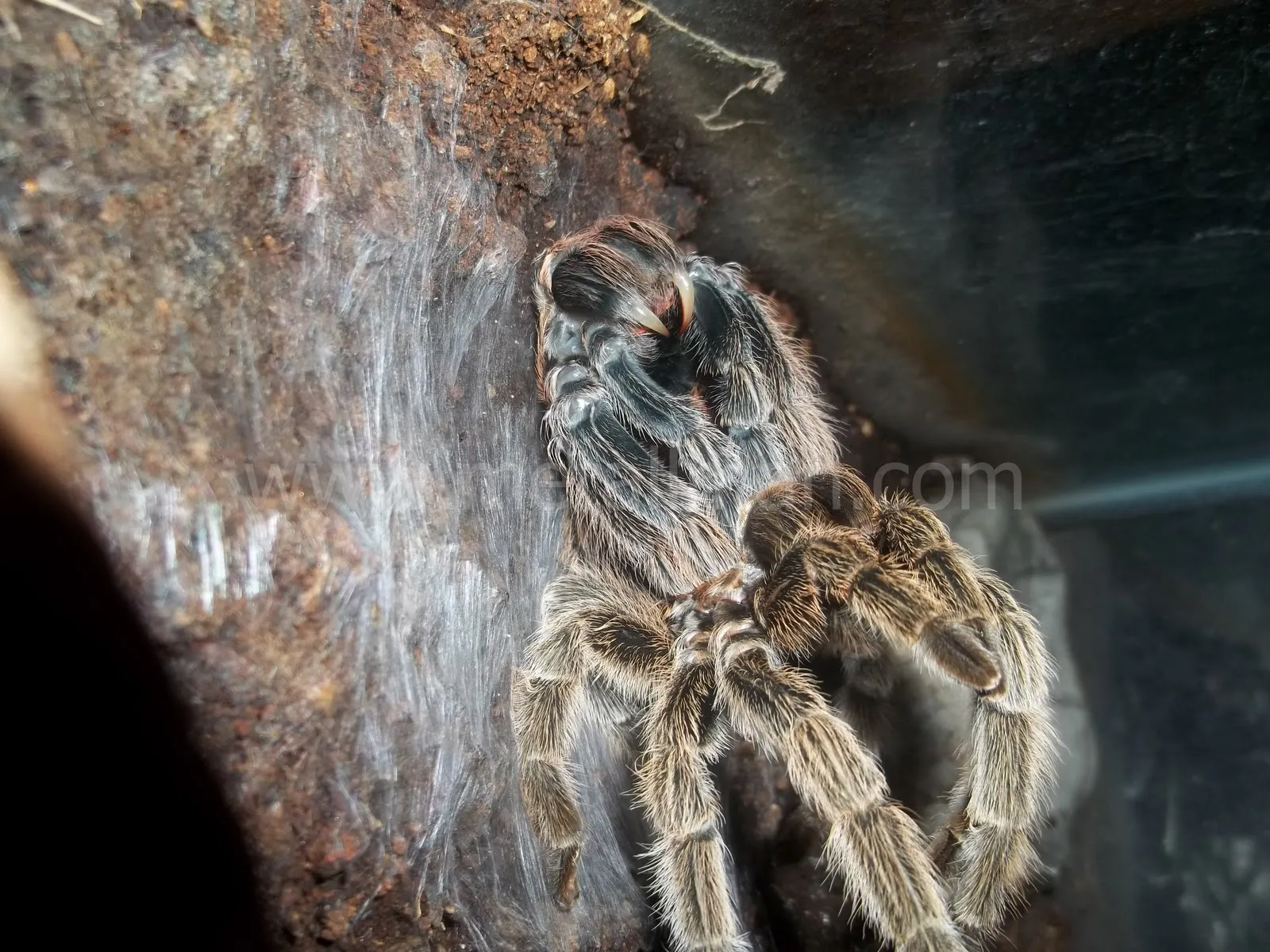
The frequency of molting varies based on the tarantula’s age, species, and environmental conditions. Young tarantulas molt much more frequently than adults, sometimes every few months. As they mature, the intervals between molts increase, ranging from once a year to every few years for older adults. Factors such as diet, temperature, and humidity also play a role in the molting cycle. A well-fed tarantula in optimal conditions is more likely to molt regularly, particularly when it is younger. Larger species generally have a slower metabolism.
What to do During Molting
During the molting process, minimal intervention is best. Avoid disturbing the tarantula by refraining from handling it or making sudden movements near the enclosure. Keep the enclosure at the appropriate temperature and humidity levels for the species. Ensure that the tarantula has access to clean water, but don’t mist or spray the enclosure, as this could interfere with the molt. If the tarantula molts on its back, don’t attempt to flip it over. Be patient and let the process unfold naturally. Keep the environment stable and as stress-free as possible.
How Long Does Molting Take
The molting process itself can take anywhere from a few minutes to several hours. The entire process, including preparation, molting, and the hardening of the new exoskeleton, can span several days or even weeks. Younger tarantulas typically molt more quickly than older ones. The time it takes also depends on the size of the tarantula and the environmental conditions. After molting, the tarantula’s fangs are very soft, so do not feed your tarantula until the fangs have hardened. The tarantula will resume normal activity after its new exoskeleton hardens, usually within a week or two.
Is My Tarantula Molting or Dead
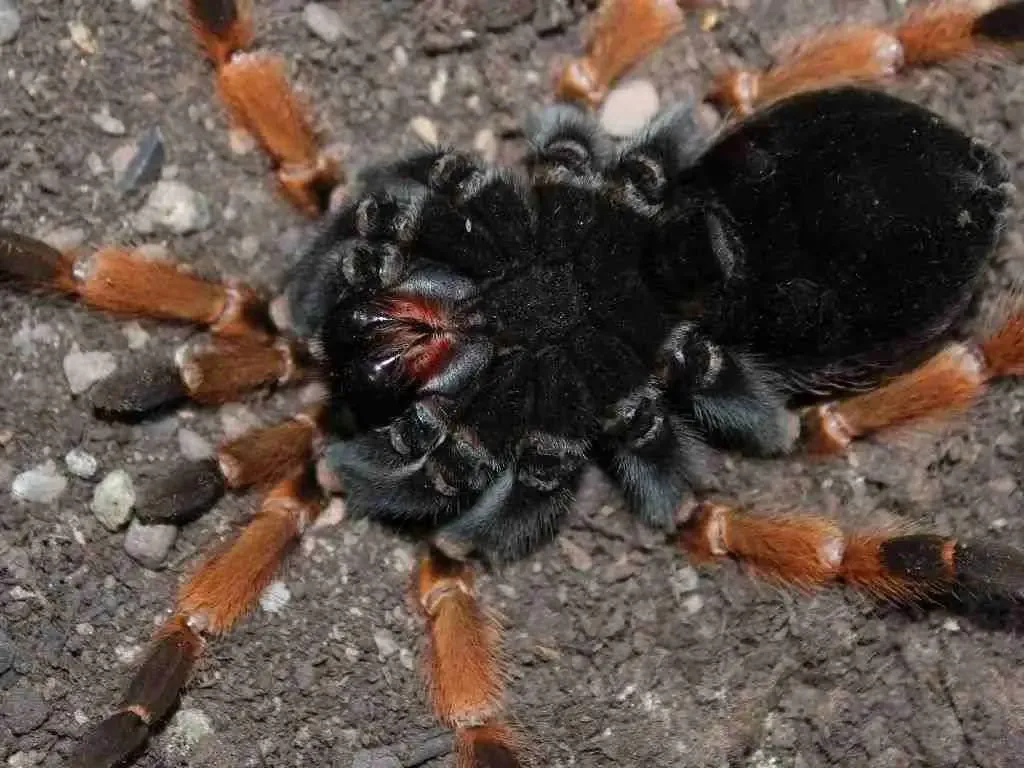
Distinguishing between a tarantula that is molting and one that is dead is crucial. A tarantula preparing to molt often exhibits specific behaviors, such as losing appetite and spending most of its time on its back or in a particular area. During molting, the tarantula’s body will appear soft and pliable. A dead tarantula will be stiff. Examine the tarantula carefully. If you observe any movement or the presence of a new exoskeleton forming, it’s molting. If you are unsure, consult with a veterinarian experienced in exotic animals or an experienced tarantula keeper.
What to do after Molting
After molting, the tarantula will be vulnerable and have a soft exoskeleton. Avoid handling it for at least a week or two to allow its new shell to harden completely. Maintain the proper temperature and humidity levels to aid in its recovery. Offer food, starting with small, easy-to-catch prey, such as small crickets or mealworms. The tarantula’s appetite will gradually return as its new exoskeleton hardens. Observe the tarantula’s behavior for any signs of distress or complications. Provide fresh water. Enjoy your rejuvenated tarantula!
Factors that Affect Molting
Several factors can impact a tarantula’s molting process. Proper nutrition is essential; a balanced diet ensures the tarantula has the necessary nutrients for growth and molting. Temperature and humidity levels must be within the appropriate range for the species. Stress can also affect molting; minimizing disturbances and providing a secure environment is important. Any pre-existing health issues can make molting more difficult. Regular observation and providing optimal conditions will help support a successful molt.
Common Problems During Molting
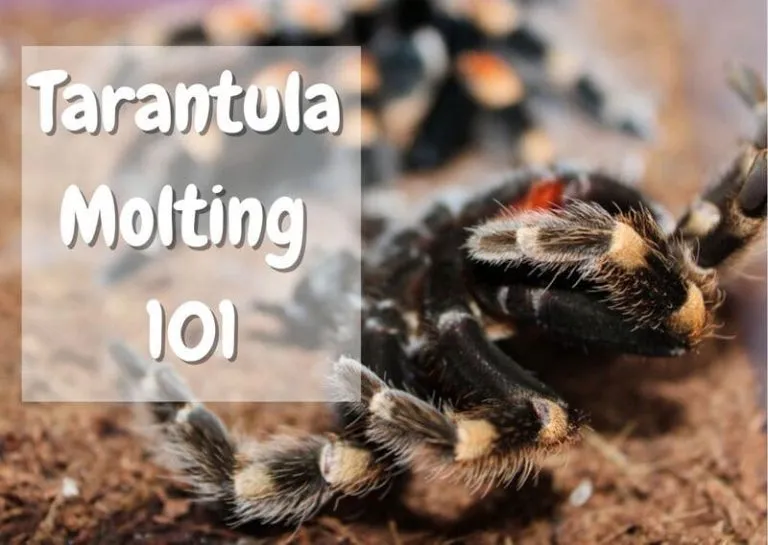
Stuck Molt
A stuck molt occurs when the tarantula has difficulty shedding its old exoskeleton. This is often caused by low humidity, insufficient moisture, or environmental stress. Signs of a stuck molt include the tarantula being unable to fully extract itself, parts of the old exoskeleton remaining attached to the body, or the spider appearing weak and lethargic. In some cases, you can gently assist the tarantula by increasing the humidity in the enclosure. However, it’s important to avoid pulling on any part of the exoskeleton, as this can cause injury. If the tarantula is struggling, consider consulting a veterinarian experienced in exotic animals.
Dehydration
Dehydration can also complicate the molting process. When a tarantula is dehydrated, its exoskeleton becomes less flexible, making it harder to shed. Signs of dehydration include a shriveled abdomen, lethargy, and difficulty moving. Prevent dehydration by providing a shallow water dish in the enclosure and maintaining appropriate humidity levels. If a tarantula is dehydrated, you can try misting the enclosure lightly or gently dripping water near the tarantula’s mouth. In severe cases, consult with a veterinarian.
When to Seek Veterinary Care
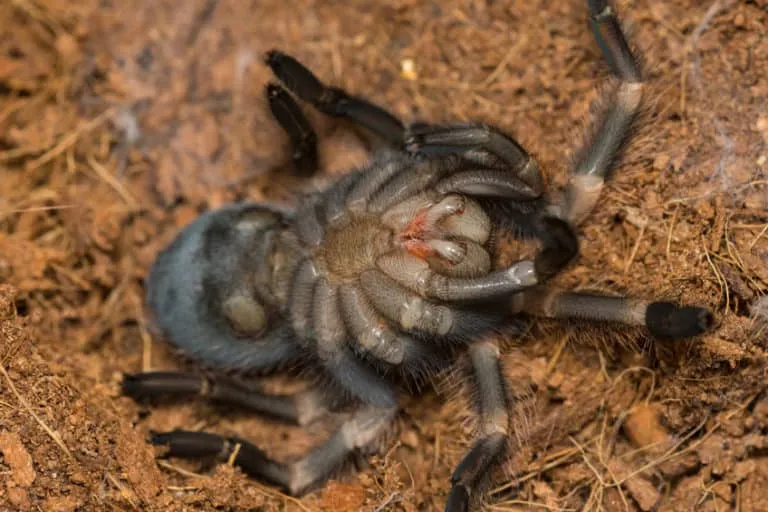
While molting is a natural process, there are instances where veterinary intervention is necessary. If the tarantula is struggling with a stuck molt for an extended period, seek professional help. If the tarantula shows signs of injury or illness, consult with a veterinarian experienced in exotic animals. If the tarantula appears weak, lethargic, or is unable to move after molting, it’s best to seek expert advice. Early intervention can often improve the outcome and ensure the tarantula’s well-being. Regular check-ups with a qualified veterinarian can also help identify and address any underlying health issues that might affect the molting process.
